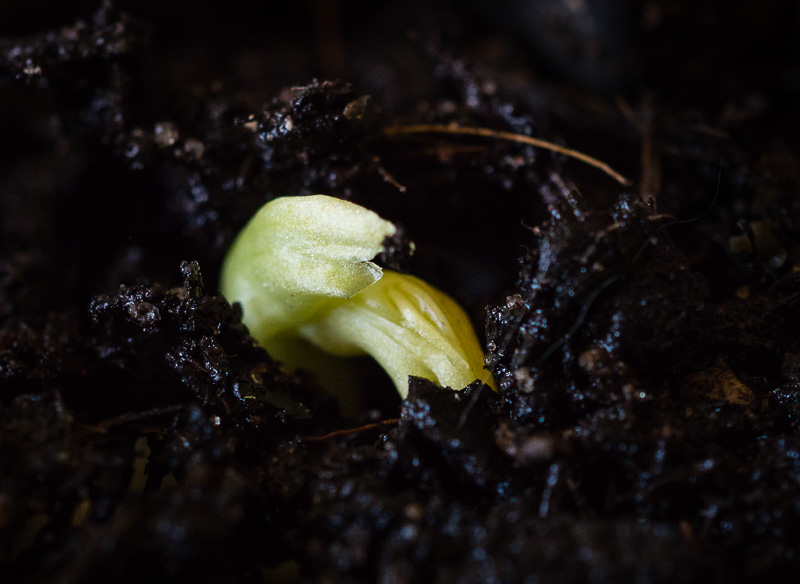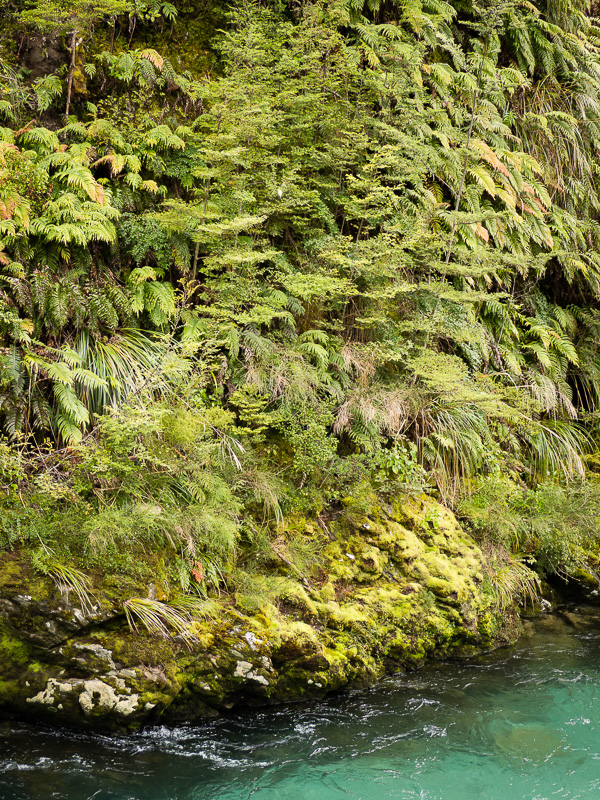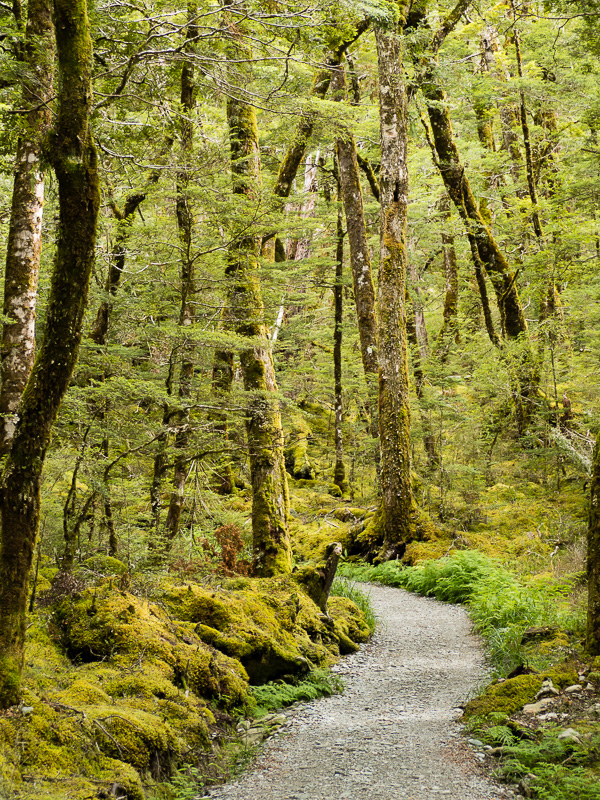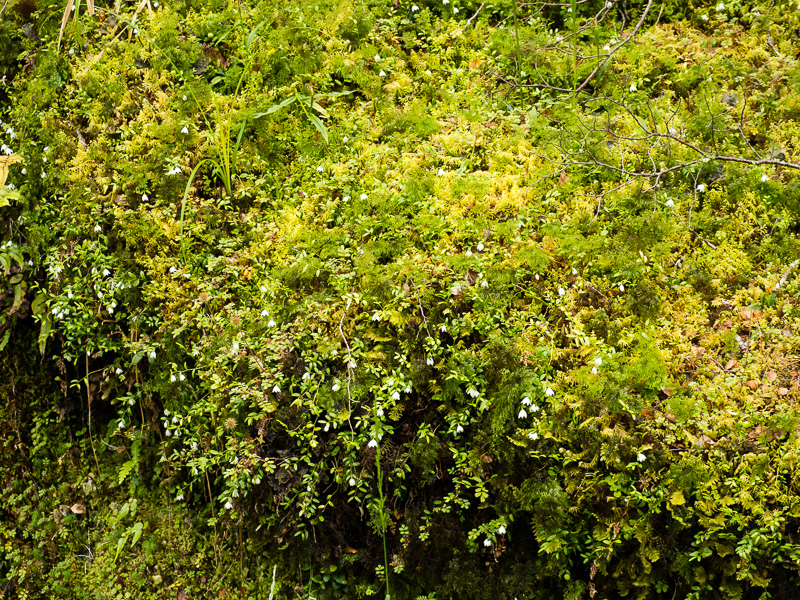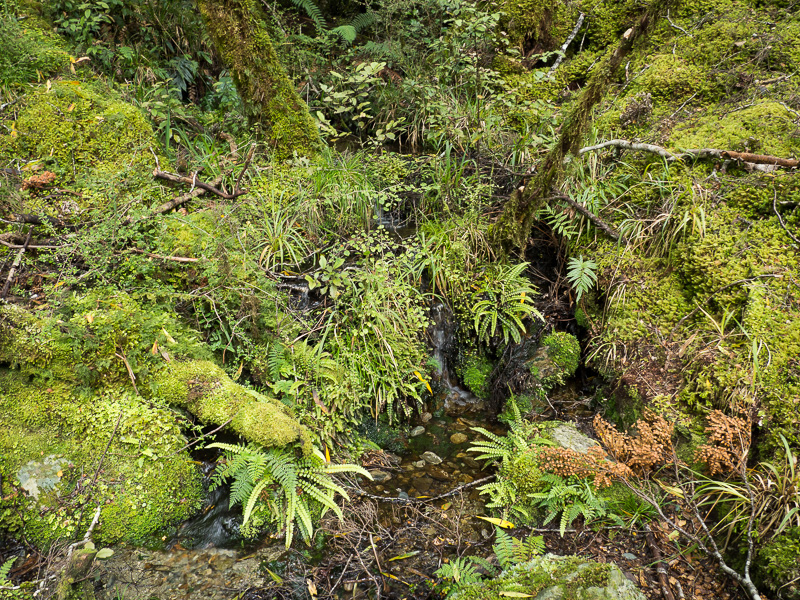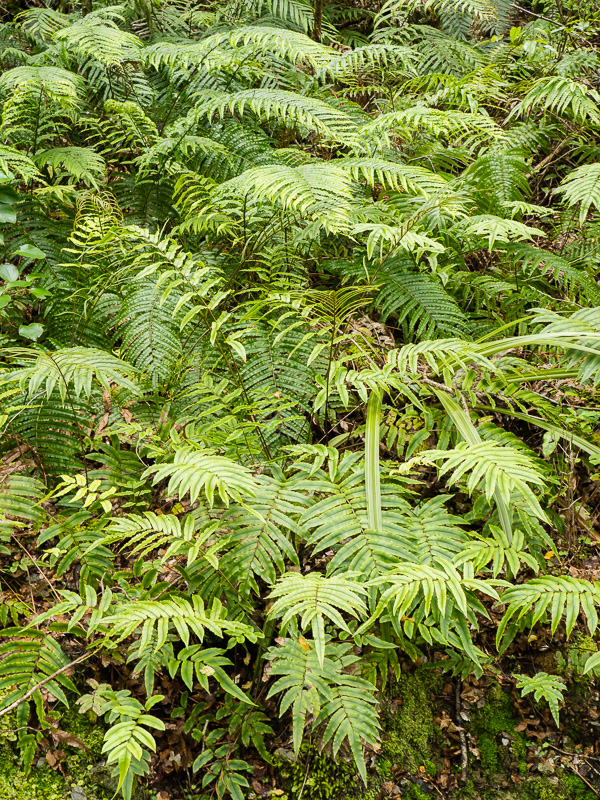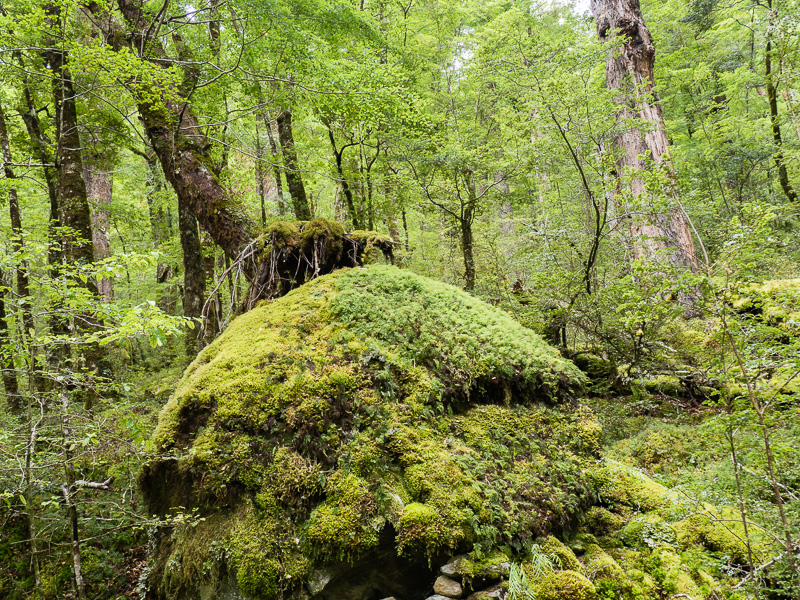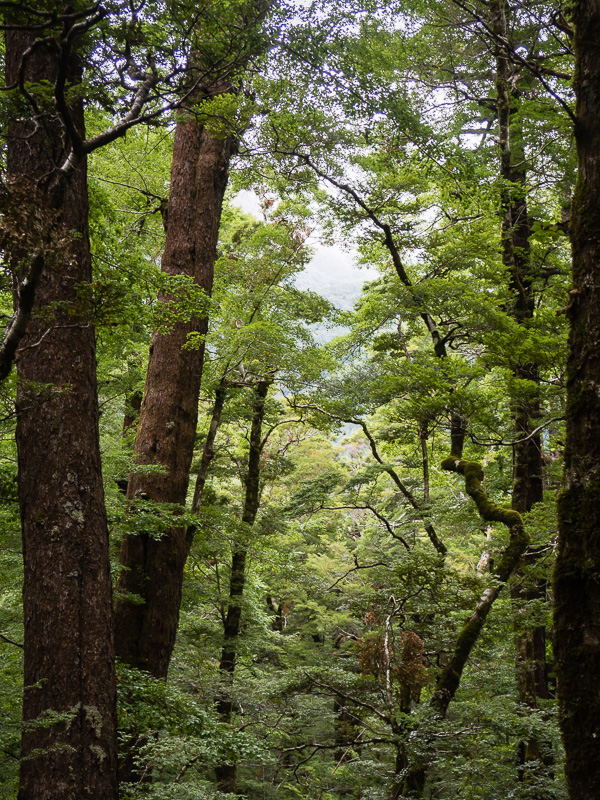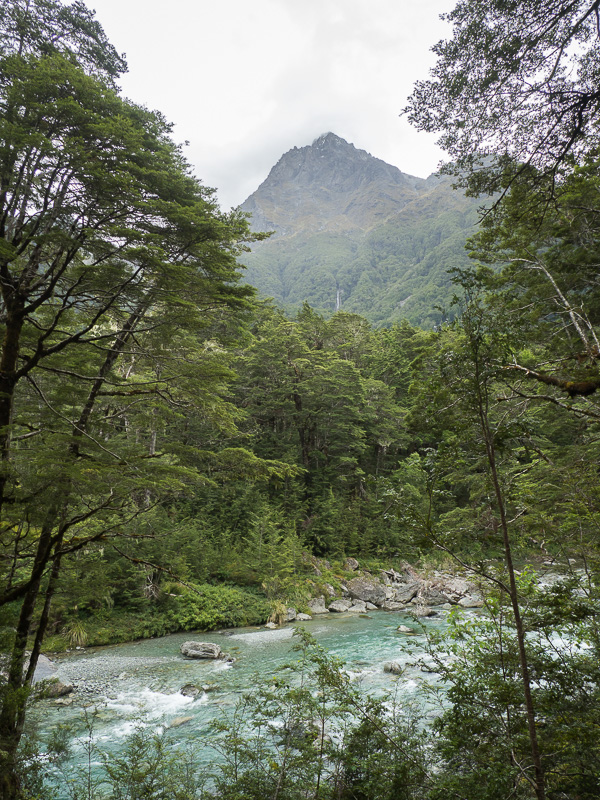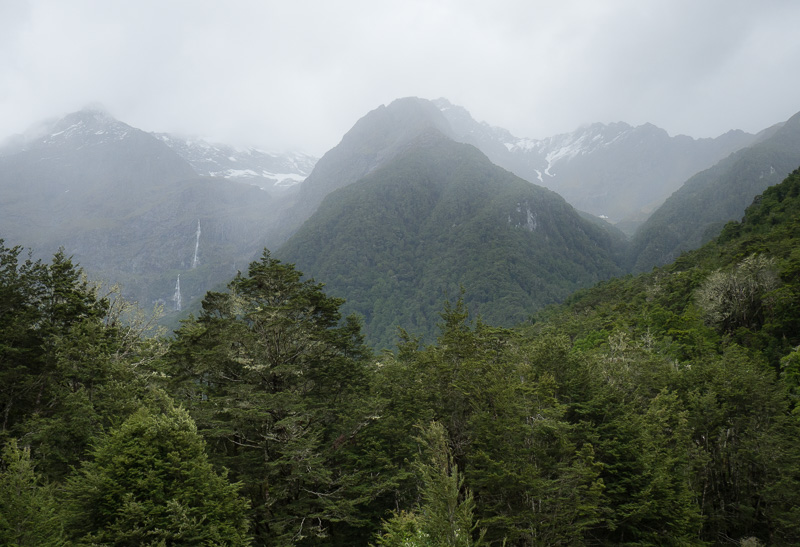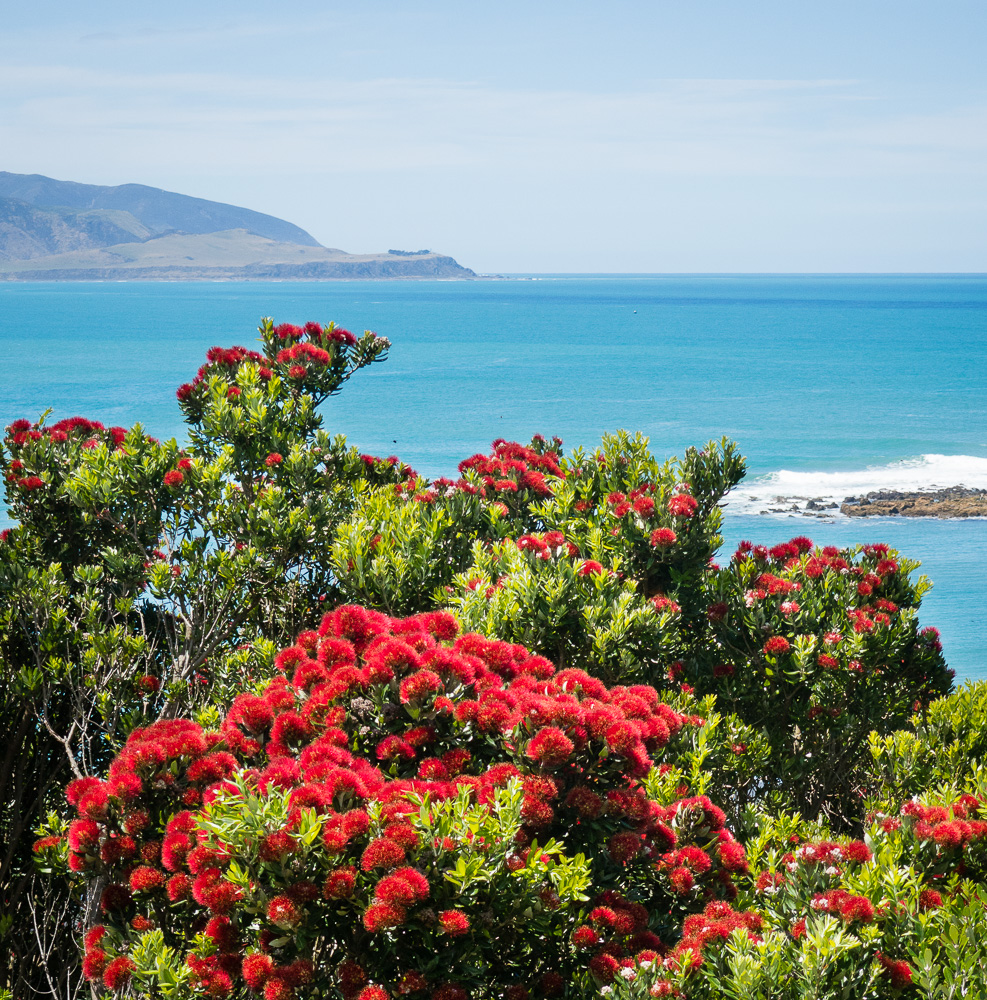It’s been a very wet winter here in Aotearoa/New Zealand, and we’ve seen some spectacular skies over Wellington’s south coast. I think the heavy blueness of this one matches the mood of the season.
A graphically named “atmospheric river” recently dumped a lot of water on us. It caused major floods, more and worse landslides and general misery and harm. The size of the deluge was amplified by an ongoing marine heatwave event around Aotearoa/New Zealand which has broken records this year, and, I understand, added moisture to the atmosphere. More rain. This rising temperature of our ocean isn’t just bad for life in the ocean, it’s also bad for us landlubbers.
I’m sorry wee plane - people love to travel, but you’re a symbol of the way we humans are ruining our future and trashing the environment.
(What the Carbon Almanac says - “If the world’s plane flights were a country they would be in the top 10 of climate-change polluting nations.” https://thecarbonalmanac.org/carbon-is-taking-off-when-can-it-land/ )



